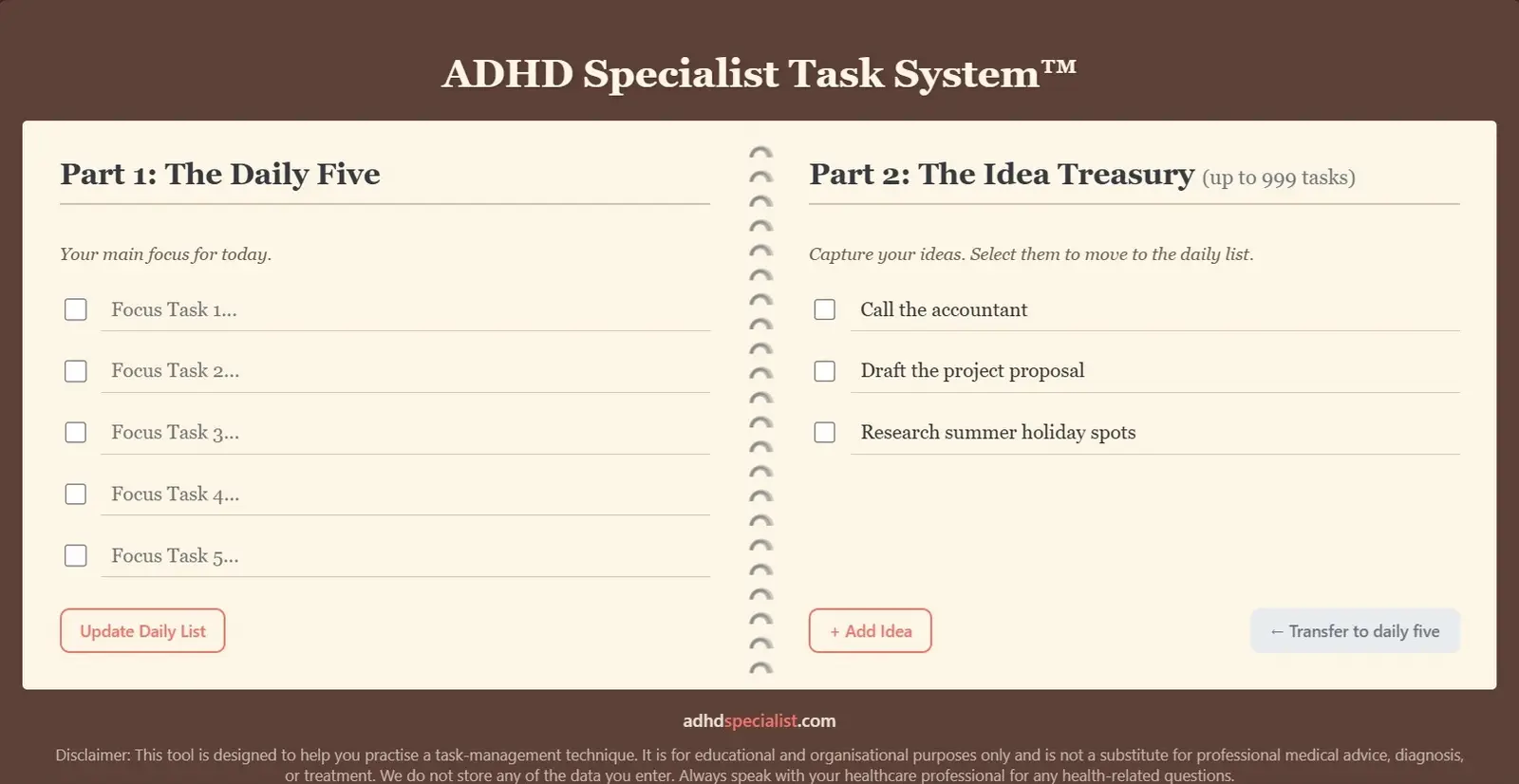How to Create a To-Do List That Works for ADHD
Imagine for a moment that you are living 5,000 years ago. There are no smartphones, no electricity, not even paper. To make a plan, to remember a path, to record a story—you would have to engage your body. You would trace a map in the dirt with your finger, carve a symbol into a rock with another stone, or tie knots in a rope. For hundreds of thousands of years humanity has been built to have a physical, tactile connection with the process of planning.
The smartphone, by contrast, has been a part of mass culture only since around 2007. In the grand timeline of human evolution, it is a mere blip. Yet, it has fundamentally rewired how we interact with the world and, crucially, how we attempt to manage ourselves. Many of us now rely on digital calendars and to-do list apps, tapping away at glass screens, wondering why we still feel so scattered, so overwhelmed, and so inconsistent.
If you have Attention-Deficit/Hyperactivity Disorder (ADHD), this struggle is likely all too familiar. You’ve downloaded the apps. You’ve bought the fancy digital planners. And you’ve probably felt a pang of frustration when, once again, the system failed you. But what if the system was the problem, not you? What if the key to consistency wasn't a more complex app, but a return to a more fundamental, brain-aligned way of thinking?
Today, I am introducing a tool that has proven to be one of the most reliable methods for consistently managing tasks and achieving objectives, especially for the ADHD brain. It is a system born from an understanding of neuroscience, evolutionary psychology, and the lived experience of executive dysfunction. I call it The ADHD Specialist Task System™.

The Power of Analog in a Digital Age
Before we delve into the mechanics of the method, we must first understand its foundational principle: your brain thrives on physical engagement. The modern world has pushed us toward digital interfaces, but our cognitive architecture is ancient. Recent neuroscientific research has begun to prove what our ancestors knew intuitively: the act of handwriting is a potent cognitive tool.
Studies, including groundbreaking research from the Norwegian University of Science and Technology, have shown that writing by hand creates "far more elaborate" and "widespread brain connectivity" compared to typing on a keyboard. When you form letters with a pen, you engage a complex network of motor, sensory, and visual pathways. Your brain receives rich feedback from the pressure of the pen, the texture of the paper, and the intricate movements of your hand. This multi-sensory experience forges stronger, more durable memory traces. Typing, in contrast, is a largely repetitive motor action that engages fewer neural circuits, leading to shallower processing.
This is why The ADHD Specialist Task System™ is, at its heart, an analog system. It intentionally steps away from the distracting, neurologically thin experience of a screen and reconnects you with the profound power of pen and paper.
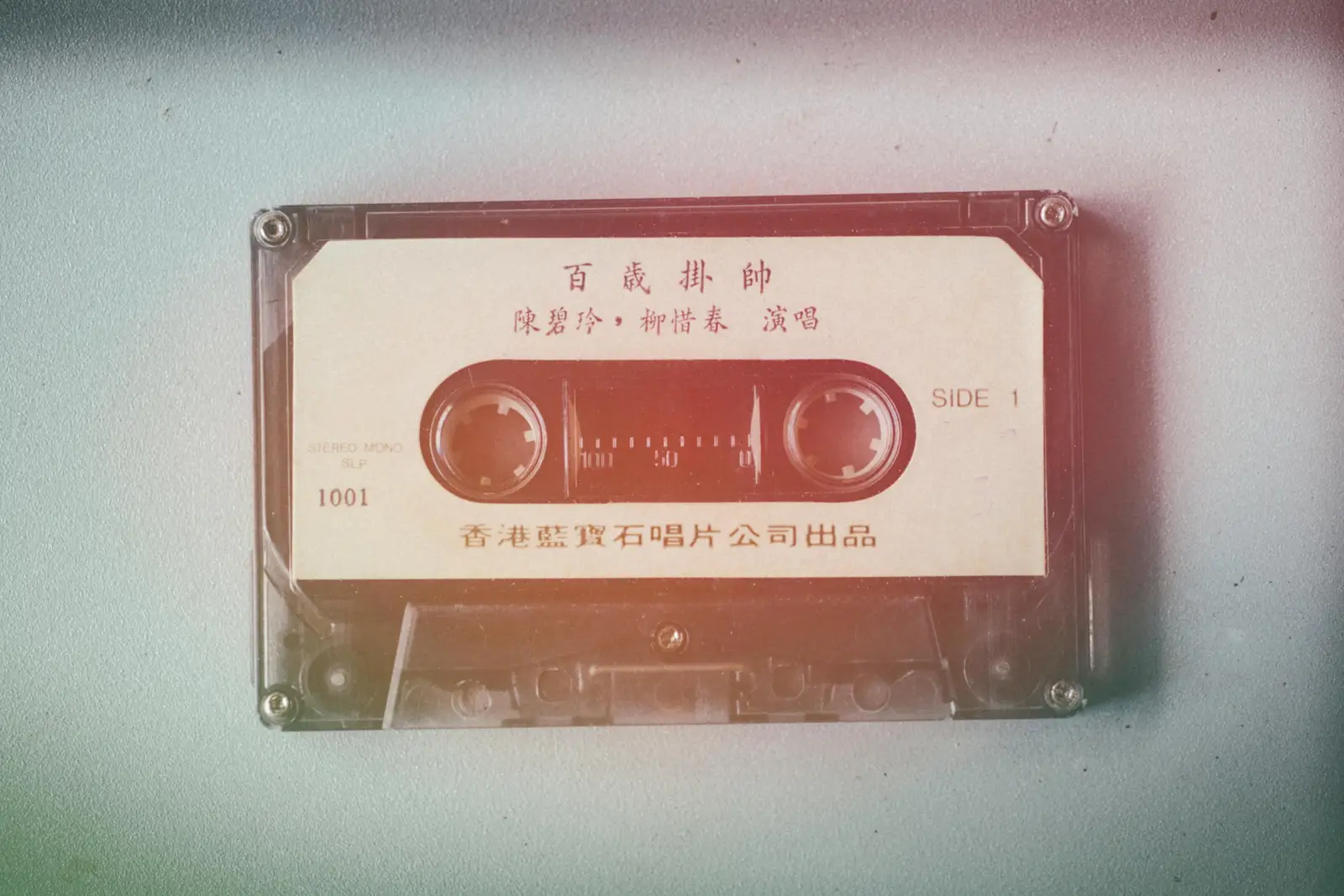
Introducing The ADHD Specialist Task System™: The Two Tools You Need
The elegance of this method lies in its radical simplicity. It requires only two physical tools:
- A Pocket-Sized Notebook: This notebook must be roughly the size of your mobile phone. It needs to be eminently pocketable, something you can and will carry with you everywhere, just as you do your phone. This is not just a notebook; it is your second brain, an external hard drive for your thoughts. In a world of digital vulnerability, this physical artifact is also remarkably secure.
- A Quality Pen: Why a nice pen? And why a very nice notebook, preferably in a colour you enjoy? Because your life, and the act of planning it, should be associated with things of quality—things that bring you pleasure and a sense of value. This is not about materialism; it is about mindfulness. When you enjoy the tools, you are more likely to use them. Whether it’s a smooth-writing gel pen or a classic fountain pen, find something that makes the physical act of writing a joy.
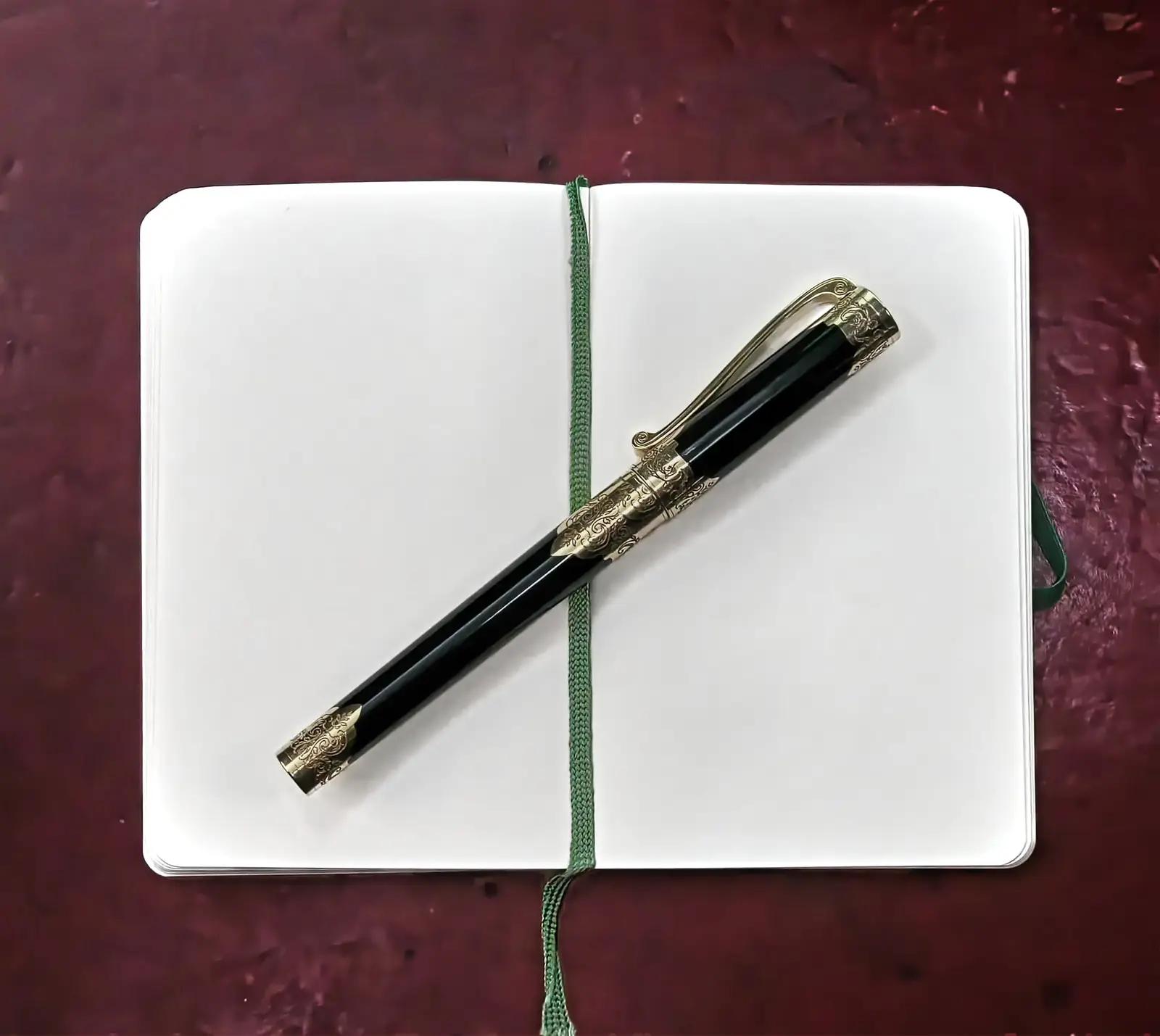
How It Works: The Two-Part System
The core of The ADHD Specialist Task System™ is the division of your notebook into two distinct, purpose-driven sections. You simply split the notebook in half.
Part 1: The Daily Five (The Front Half) From the first page to the middle of the notebook, this section is dedicated to your immediate, actionable tasks. Here is the most critical rule of the entire method: Every evening, before you go to sleep, you will write down five things you want to accomplish the next day.
Just five. Not four, not six. Five. This constraint is intentional. It forces you to prioritise and prevents the overwhelm of an endless to-do list. This simple evening ritual has several profound advantages:
- It Calms a Racing Mind: By externalising the next day's plan, you offload the mental burden of trying to remember everything. This can significantly reduce the sleep-onset anxiety that many with ADHD experience.
- It Eliminates Morning Decision Fatigue: When you wake up, you don't need to waste precious mental energy deciding what to do. Your plan is already there, waiting for you. You can start your day with purpose and direction.
- It Leverages Your Biology: As we will explore, there is a powerful scientific reason why the evening is the optimal time for an ADHD brain to plan.
The magic of the method is anchored in the consistency of this evening ritual. It is the non-negotiable foundation upon which daily success is built.
Part 2: The Idea Treasury (The Back Half) If you have an ADHD brain, you are likely a fountain of ideas. Brilliant insights, creative solutions, and random thoughts can pop into your head at any moment. The problem is that these "Ah-ha!" moments can be powerful distractors, derailing you from the task at hand. Worse, if you don't capture them, they can vanish as quickly as they appeared.
The second half of your notebook is the solution. This is your Idea Treasury.
Whenever an idea, a thought, a long-term goal, a book recommendation, or a random musing strikes you during the day, you turn to the back of your notebook and write it down. You can number the entries from 1 to 1000 or simply let them flow. This is where you your dedicated "brain dump" space.
By capturing these thoughts, you achieve two critical goals:
- You validate the idea without having to act on it immediately, satisfying the brain's urge to engage with the new thought.
- You create a secure, external repository of your long-term ambitions and creative sparks, ensuring they are not lost to a faulty working memory.
Practice the Method: Your Interactive Notebook
Get a feel for how The ADHD Specialist Task System™ works. Use this free digital version to plan your 'Daily Five' for tomorrow and capture any ideas that pop into your head right now.
The Science Behind the Simplicity: Why The ADHD Specialist Task System™ Works for ADHD
This system may seem simple, but its design is rooted in three pillars of science that directly address the core challenges of ADHD.
1. Externalising Your Executive Functions
Leading research describes ADHD as a fundamental impairment of self-regulation, driven by deficits in executive functions. A key deficit lies in working memory—the brain's ability to hold and manipulate information for short periods. This is your brain's DDR RAM, and in ADHD, it's often overloaded. A primary strategy recommended by experts for compensating for this is called "externalising" information. Because internal cues (like self-talk or mental images of a plan) are weak and unreliable for the ADHD brain, the solution is to make those cues physical, tangible, and present in the external environment.
Your ADHD Specialist Task System™ notebook is the ultimate tool for this. It becomes your externalized working memory.
- The Daily Five externalizes your plan for the day, freeing your brain from the exhausting work of constantly trying to remember "What's next?"
- The Idea Treasury externalizes your stream-of-consciousness, capturing valuable thoughts so your working memory doesn't have to juggle them while you're trying to focus on a primary task.
This isn't just about being organized; it's about fundamentally reducing the cognitive load on your brain, allowing it to operate more efficiently and with less stress.
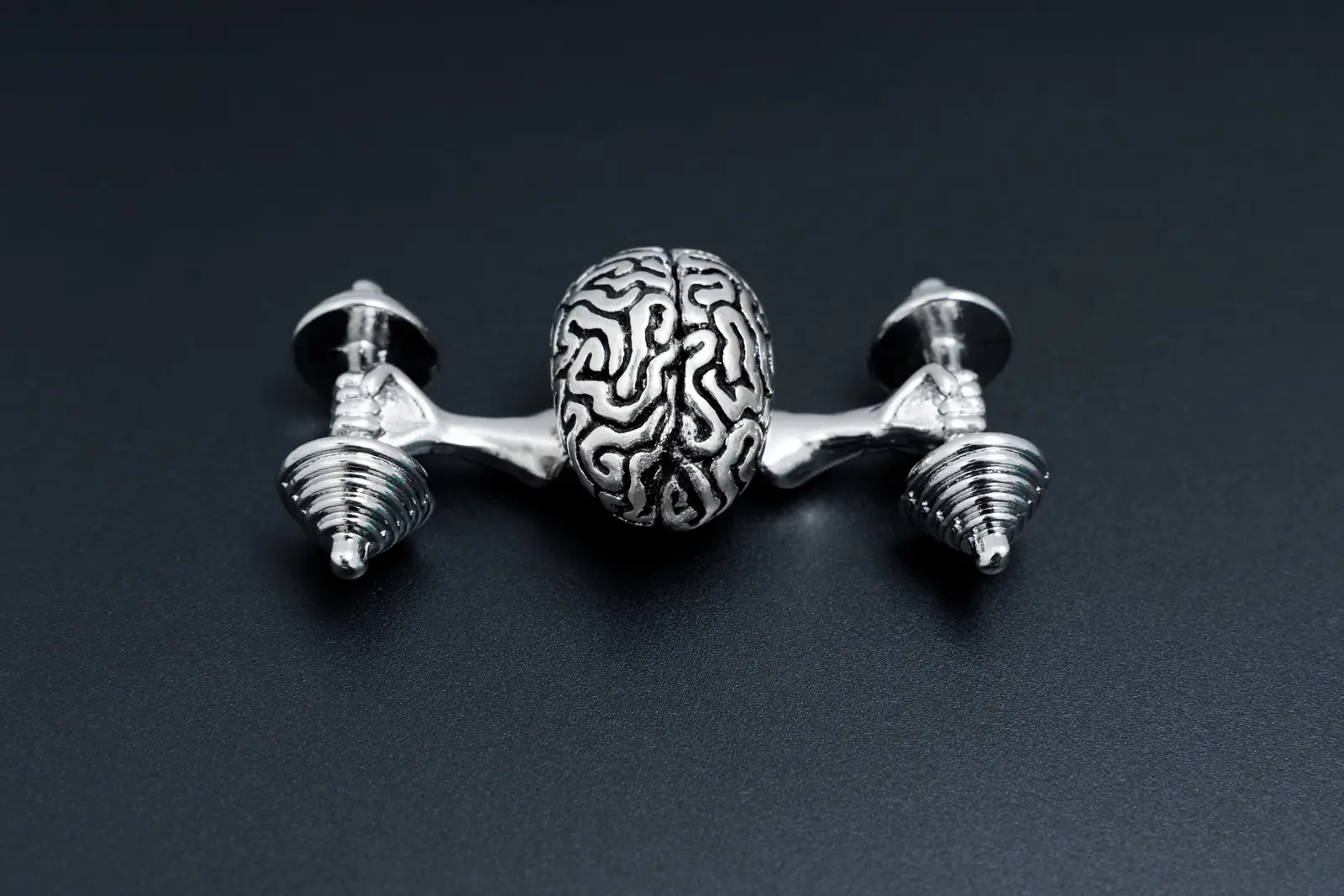
2. Activating Your Brain with Handwriting
As discussed, the physical act of writing is a cognitive workout. When you write your Daily Five list by hand, you are not just passively recording data. You are engaging in a process that forces deeper encoding of that information. The slower pace of handwriting compared to typing encourages you to be more deliberate and to summarize your intentions, a phenomenon known as "desirable difficulty" that dramatically improves comprehension and recall.
Each stroke of the pen strengthens the neural pathways associated with your plan, making your goals more concrete and memorable. You are literally wiring your intentions into your brain in a way that tapping on a screen simply cannot replicate.
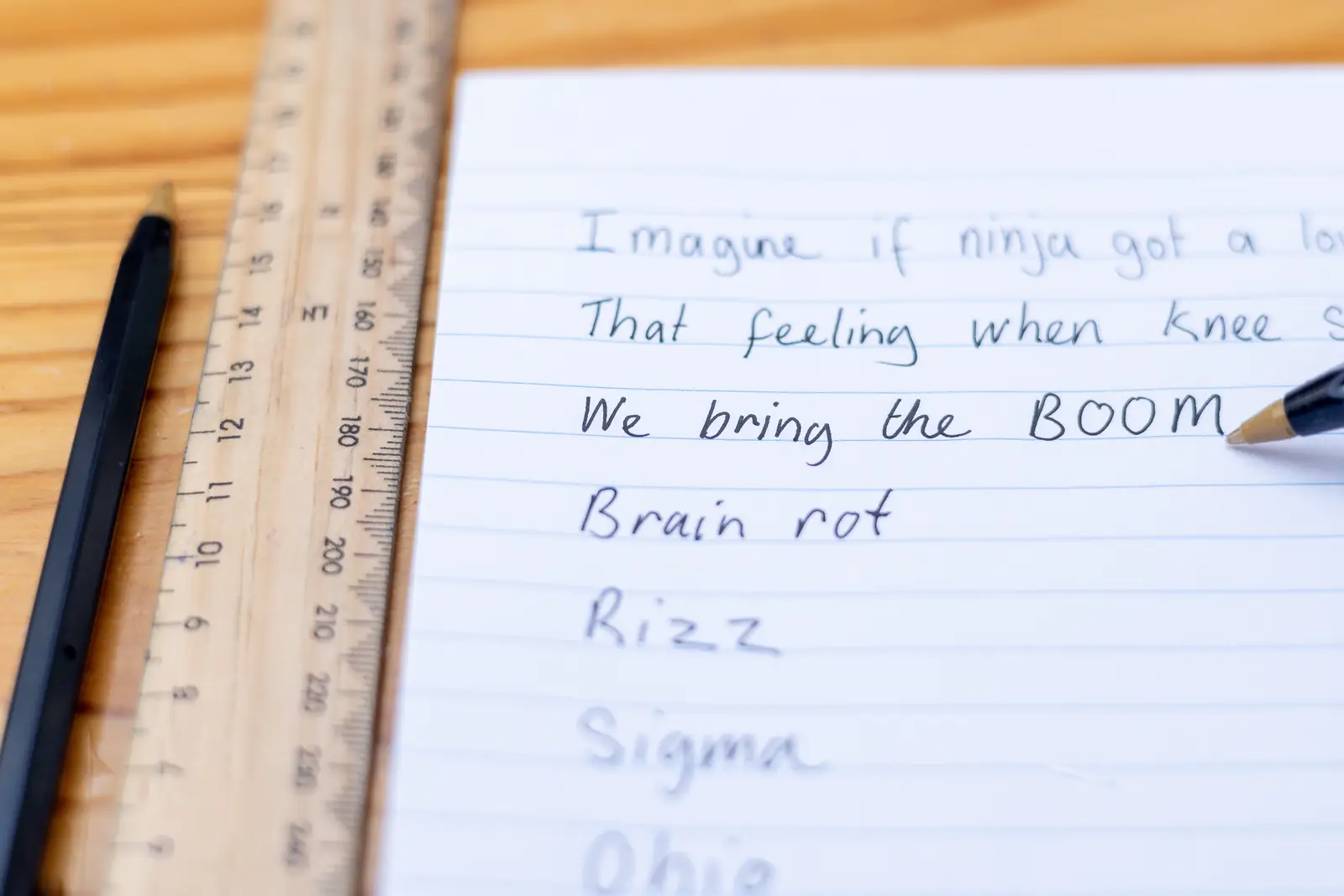
3. Harnessing the Night Owl's Advantage
The instruction to plan your day in the evening is perhaps the most crucial and unique aspect of The ADHD Specialist Task System™. It directly addresses a biological reality for a huge percentage of people with ADHD.
Many individuals with ADHD are not just "night owls" by choice; they have a diagnosable circadian rhythm disorder called Delayed Sleep Phase Syndrome (DSPS). Research shows that in adults with ADHD, the brain's release of the sleep hormone melatonin can be delayed by 90 minutes or more.
What does this mean? At 10 or 11 PM, when a neurotypical brain is winding down, the ADHD brain is often just hitting its stride. This is a physiological "wake maintenance zone" where alertness, creativity, and cognitive function can be at their peak.
The ADHD Specialist Task System™ turns this biological tendency from a problem into a strategic advantage. By scheduling your planning session for the evening, you are performing this critical executive function task during your brain's natural window of peak performance. You are working with your biology, not against it. This is why so many people with ADHD report that their best ideas and clearest thoughts come late at night.

Putting It All Together: The Daily Flow
The beauty of The ADHD Specialist Task System™ is how the two halves of the notebook work in a continuous, synergistic loop.
- In the Evening: Your ritual begins. You might feel like you have no ideas for the next day. This is when you turn to your Idea Treasury. You review the long-term goals and brilliant thoughts you've captured. You find a task that moves one of those ideas forward—a phone call, a research session, a first draft. You select it, and perhaps four other routine tasks, and write them down in the Daily Five section. Your plan for tomorrow is set.
- During the Day: You focus solely on executing your Daily Five. You don't have to think about what's next; you just have to look at your list. As new ideas and obligations pop into your head, you don't get sidetracked. You simply flip to the back and add them to the Idea Treasury.
- The Cycle Repeats: That evening, you return to your notebook, review your now-richer Idea Treasury, and select your next five tasks.
This process ensures you are consistently making progress on both your immediate responsibilities (short-term goals) and your larger life ambitions (long-term goals). It is a sustainable rhythm of action and reflection.

Choosing Your Tools: An Invitation to Quality
While this method is not affiliated with any brand, the experience can be enhanced by choosing tools you love.
- Notebook: Look for a pocket-sized (around 3.5 x 5.5 inches) notebook. Moleskine Classic Notebooks are a popular choice for their durability, quality paper, and minimalist design, but any brand that feels good in your hand will work. Choose your favorite color.
- Pen: If you don't have a pen you truly love, this is an invitation to find one. A fountain pen, like a Lamy Safari or Pilot Metropolitan, offers a uniquely smooth and personal writing experience. Experimenting with different ink colors can add another layer of enjoyment and personalisation to the process. Make your notebook an object you are proud to carry and eager to use.

Conclusion: Write Your Life
For too long, individuals with ADHD have been told that their struggles with organisation are a personal failing. They are not. They are the predictable result of a mismatch between a unique neurotype and a world of one-size-fits-all systems.
The ADHD Specialist Task System™ offers a different path. It is not a contest to see how many tasks you can complete. It is a practice in consistency, a tool for clarity, and a way to build a relationship with yourself. It respects your brain's need for tactile engagement, honors its unique biological rhythms, and provides the external structure necessary to turn your brilliant ideas into tangible realities.
This notebook is more than a to-do list. It is the story of your life, written one day at a time. Take your pen, open to the first page, and begin to write your life. Start tonight.
Pro tips: To make this system truly effective, remember this key principle: the power lies in the consistent evening ritual, not in the perfect completion of every task. The goal is to wake up with a clear plan, eliminating morning indecision. Approach this practice not as a burden, but as a pleasure. You are not just managing a list; you are mindfully authoring your life, one day at a time.
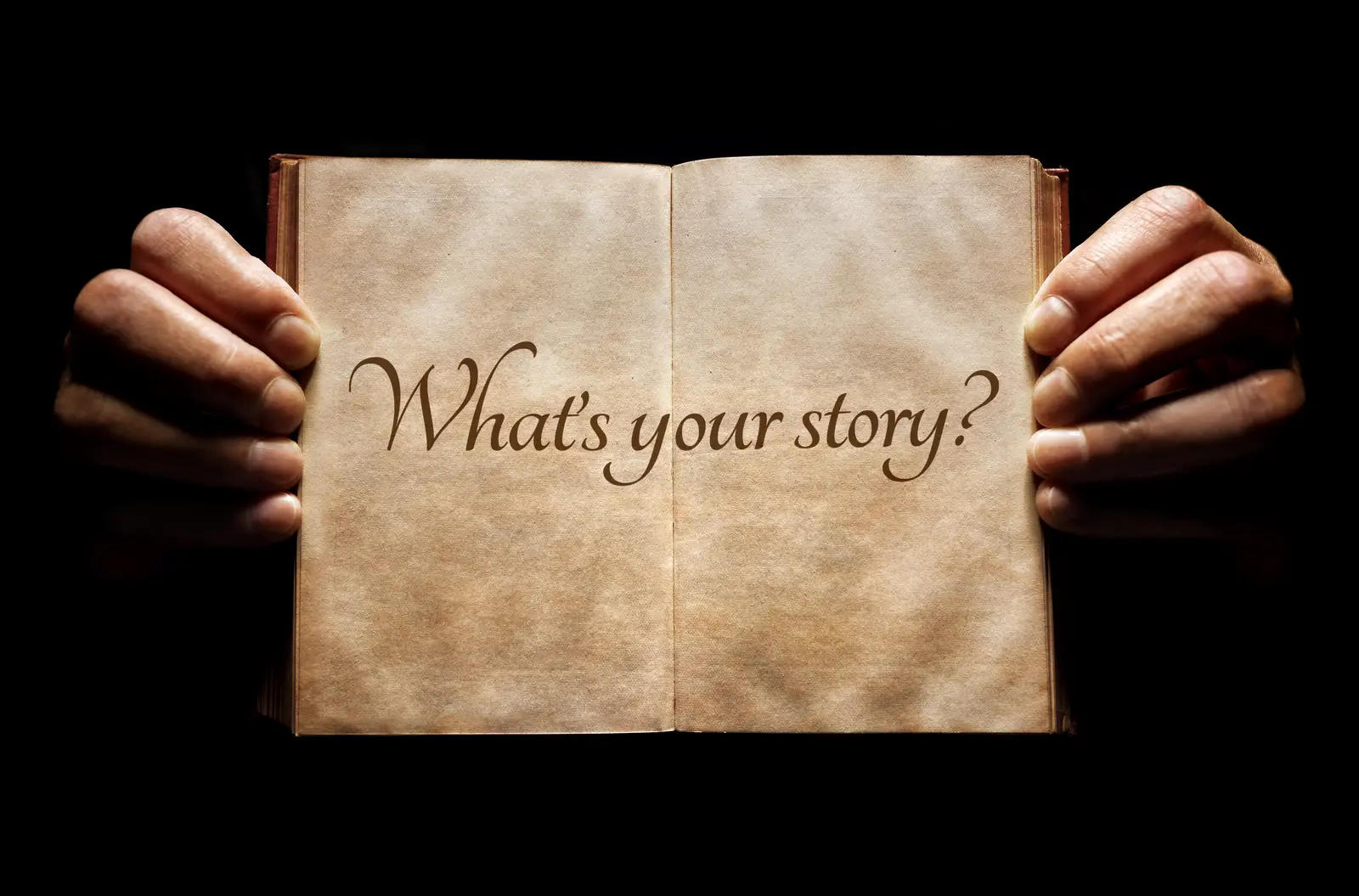
Ready for a Personalised Strategy?
This exercise is just the beginning. A full ADHD assessment provides the in-depth understanding needed to build a truly sustainable system for your life.
Ready to swap frustration for focus? Book your confidential assessment today. We offer private, tailored plans for clients in London and across the UK.
References
The pen is mightier than the keyboard: advantages of longhand over laptop note taking - PubMed
ADHD in Adults: What the Science Says
ADHD Specialist - Adult ADHD Symptoms & Diagnosis London & UK
ADHD Specialist - Adult ADHD & Sleep Problems Treatment London
ADHD & Phone Addiction: 11 Strategies to Reclaim Your Focus
ADHD: Could It Be an Evolutionary Advantage?
ADHD and Career Burnout: Causes, Signs & Recovery Tips
The ADHD-Sleep-Burnout Triangle: Understanding the Cycle
Mastering Time Management with ADHD (Tips & Techniques)
Disclaimer: The information is not intended nor implied to be a substitute for professional medical advice, diagnosis or treatment. All content, and information, contained in this article is for general information purposes only and does not replace a consultation with your own doctor/health professional. Information about mental health topics and treatments can change rapidly and we cannot guarantee the content's currentness. For the most up-to-date information, please consult your doctor or qualified healthcare professional. For more information, you can check the Royal College of Psychiatrists (rcpsych.ac.uk)
Pictures source Pexels.com Shutterstock.com Free Stock Photos, Royalty Free Stock Images & Copyright Free Pictures · Pexels ; Stock Images, Photos, Vectors, Video, and Music | Shutterstock
.svg)
.svg)





.svg)
